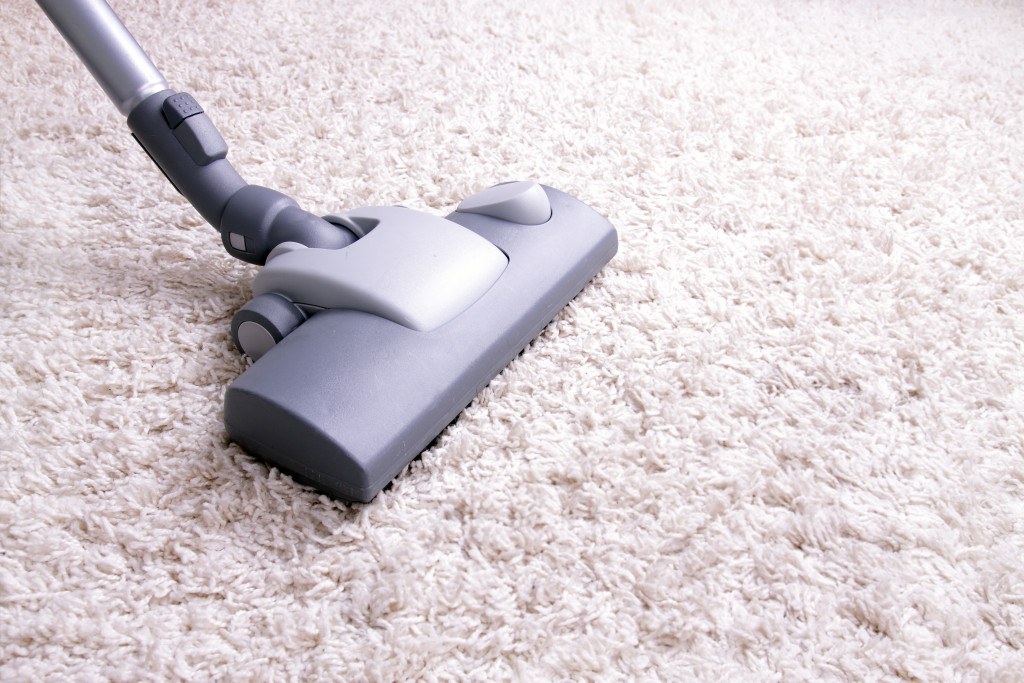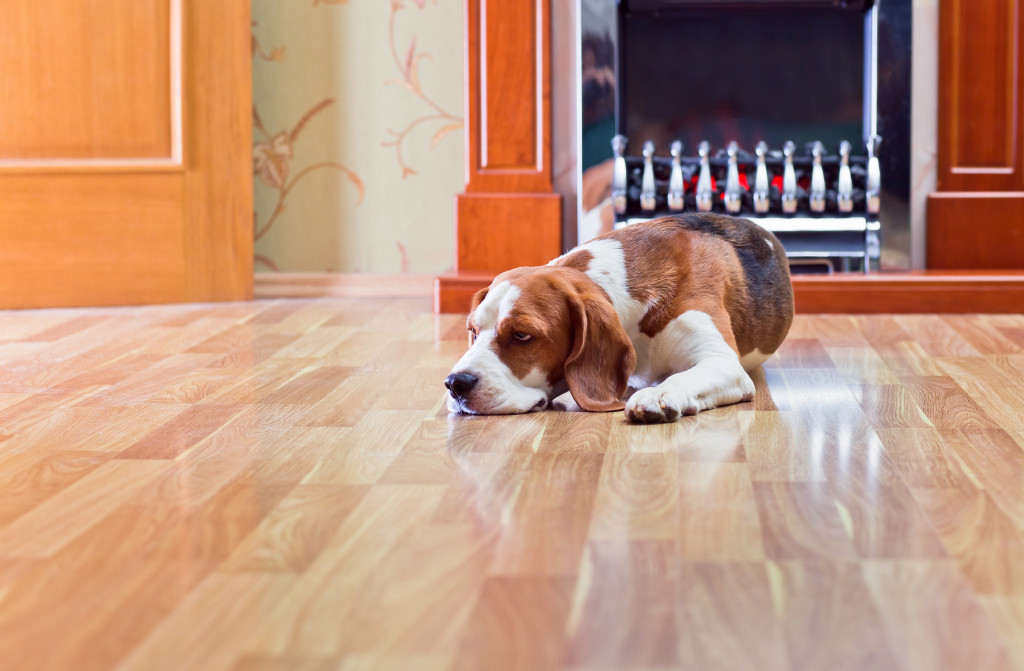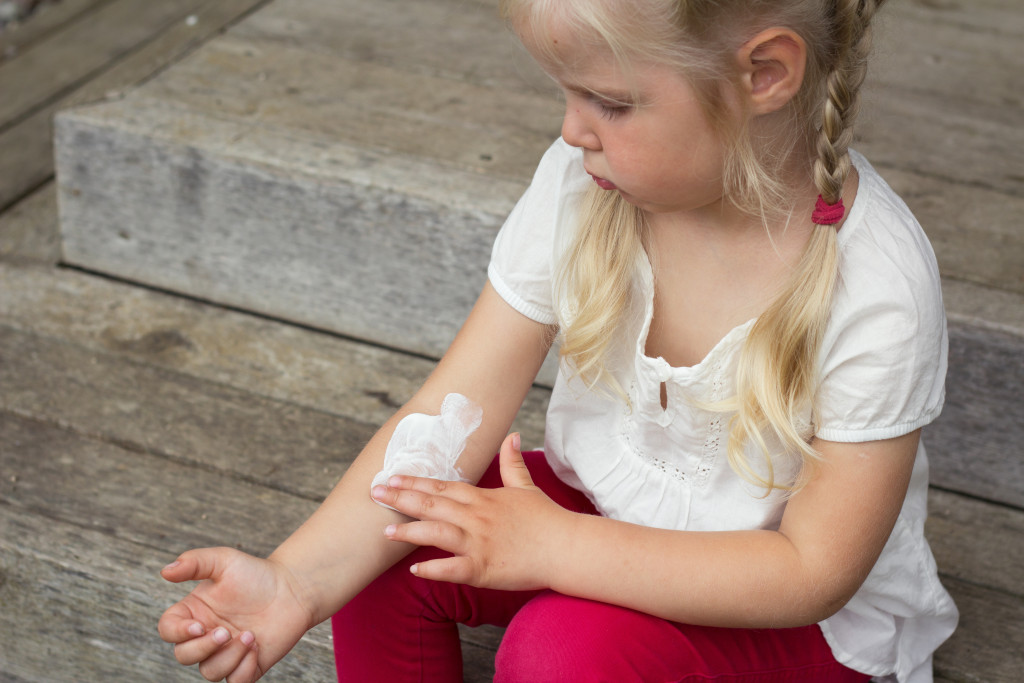- Assess the environment for common allergens such as dust mites, pollen, pet dander, and mold spores.
- Keep a clean home by regularly vacuuming carpets and washing bedding and curtains.
- Limit exposure to pollen by staying indoors during high allergen levels and consider real estate options with lower levels of allergens.
- Keep pets away from your child’s bedroom to reduce the presence of pet dander.
- Control humidity levels in the home by using a dehumidifier and air filters.
If you are a parent of a child with allergic rhinitis, you understand how challenging it can be to keep your child healthy and happy. Allergic rhinitis is a common condition that affects millions of children worldwide. It is an allergic reaction to specific allergens, such as dust mites, pollen, pet dander, or other irritants in the environment. Allergic rhinitis is caused by inflammation of the nasal passages, leading to symptoms such as sneezing, itchy eyes, coughing, and a runny nose.
Creating a healthy environment for your child is the first step to managing allergic rhinitis effectively. This blog post will discuss various ways to create a healthy environment for your child with allergic rhinitis.
1. Assess the existing environment:
Some common allergens include pollen, dust mites, pet dander, mold spores, cockroaches, and their droppings. If you find any of these allergens present in your home, taking steps to reduce their presence is essential. There are also specific locations that may be prone to higher levels of allergens.
For example, pollen levels may be higher during certain times of the year if you live near a field or park. If your child gets violent symptoms, it is best to stay indoors when the allergen levels are high. Some people also consider moving somewhere more suitable. Look for real estate for sale nearby where your family can be comfortable. This will help take away some of the stress from managing allergy symptoms.
2. Keep the home clean:
Cleaning your home regularly helps to eliminate allergens, such as dust mites, that could trigger allergic reactions. Different areas of the house may require different cleaning practices. Here are some tips:

a. Vacuum carpets, rugs, and furniture regularly
You want to remove as much dust and debris from carpets, rugs, and furniture. Consider using a vacuum cleaner with a HEPA filter to effectively remove allergens from the air.
b. Wash bedding and curtains often
If possible, wash all bedding and curtains in hot water at least once weekly. This will help to remove dust mites, pollen, and other allergens that can settle in these fabrics.
c. Clean hard surfaces
Hard surfaces, such as countertops and floors, should be wiped down with a damp cloth or mop regularly. This helps to reduce the amount of dust and other allergens that accumulate on these surfaces.
d. Avoid using aerosol sprays
Aerosol sprays can be an irritant for those with allergies. Instead, try using damp cloths or natural cleaning products to avoid releasing allergens into the air.
3. Limit exposure to pollen:
Children with allergic rhinitis are sensitive to pollen, which is common in the spring and fall months. Limit the time your child spends outside during these periods. Keep your doors and windows closed to prevent airborne irritants from entering your home. Wash your child’s clothes frequently and change their bed linen regularly to keep pollen away.
Try to keep pets out of the home as much as possible. Pets can bring outdoor allergens into your home, making it challenging to manage allergic rhinitis. If you must keep pets, ensure that they are washed and groomed regularly to minimize the presence of allergens in the home.

4. Manage pet dander:
If your child has allergic rhinitis, you must be cautious about the type of pet you adopt into your family. Keep pets away from your child’s bedroom or any other area where they spend much of their time. If your child has an allergic reaction to your pet, it may be necessary to re-home the pet or limit contact with them. Regularly bathing your pet can also help to minimize pet dander in the home.
5. Control humidity levels:
High humidity levels in the home can cause the growth of mold, which can trigger allergies. Keep your home at a humidity level below 50 percent to prevent mold growth. Installing a dehumidifier can help reduce humidity levels in your home. Many of these machines also have air filters to help reduce allergens in the house. Use the dehumidifier away from your child’s bedroom, as many people are sensitive to the noise. Be sure to regularly empty and clean the dehumidifier to ensure it functions properly.
Creating a healthy environment for your child with allergic rhinitis requires effort and dedication. By following the proper steps, you can significantly reduce your child’s exposure to allergens, providing comfort and relief to your child in their daily life. Assessing the environment, keeping your home clean, limiting exposure to pollen, managing pet dander, and controlling humidity levels are all essential steps to creating a healthy environment for your child with allergic rhinitis. You and your family can benefit from a healthier lifestyle with the right strategy.
